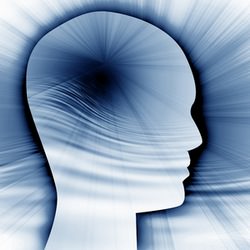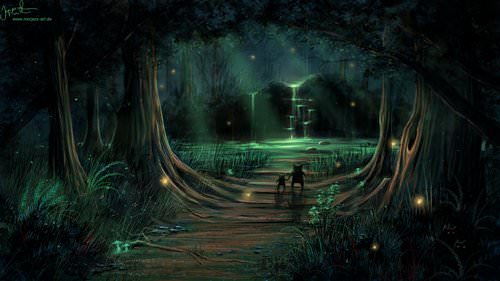Isochronic Tones for Lucid Dreaming

Isochronic tones are a modern and scientifically proven form of brainwave entrainment technology.
By definition, brainwave entrainment occurs when the brainwave frequency duplicates that of the stimuli, whether it's audio, visual or tactile. This effect can be seen on an EEG (Siever, 2003).
The best isochronic tones take into account two needs: the physiological (the actual brainwave response) and the psychological (how readily you relax and accept the sounds).
High quality isochronic producers take care of the physiological effect. However, choosing the right tone to match your listening preferences is a personal choice. In this article we'll look at the effects of isochronics, how they change your level of awareness, and where to find the best isochronic tones for lucid dreaming.
What Are The Effects of Isochronic Tones?
"Findings to date suggest that BWE [brainwave entrainment] is an effective therapeutic tool. People suffering from cognitive functioning deficits, stress, pain, headache/migraines, PMS, and behavioral problems benefited from BWE."
~ Huang & Charyton, 2008. Alternative Therapies. Volume 14.1
In recent years, I've used isochronic tones to induce states of calm relaxation, dissociative meditation and the hypnagogic state. This is valuable practice for lucid dreaming and also enables me to enjoy other kinds of borderland sleep phenomena, including:
- New insights and clarity of thought
- Hypnagogic observation and manipulation
- Feelings of floating above the bed
- Bodily dissociation and imaginary limbs
- Memory impressions and emerging dream scenes
- Out-of-body experiences and projections

Why Listen to Isochronic Tones?
The primary goal of listening to entrainment is to relieve stress and experience a good, deep meditation. I recommend all lucid dreamers practice meditation on a daily basis - so if you're not skilled or practiced in the art, then brainwave entrainment can be considered your helping hand.
Initially, isochronics promote feelings of relaxation and dissociation. You experience dissociation every day when you exercise, watch a movie or read a book - it's all about being drawn into the moment and forgetting about your daily worries.
When you meditate, dissociation is enhanced to greater depths; it silences your unhelpful mental chatter and tunes you into more peaceful and profound insights.
Entering this mindful state on a daily basis is a healthy practice for mind and body. The benefits are actually something I find difficult to describe. I could say frequent meditation makes me feel more focused, happy and calm in everyday life but this doesn't begin to convey the difference it actually makes.
Meditation is also the gateway to altered states of awareness, during which you can have lucid dreams, out of body experiences, mystical experiences, creative insights and more. It's like a natural mind trip, available to every conscious human being in the world.
How Do Isochronic Tones Work?
Isochronic tones create states of meditation with evenly spaced pulses of a single tone to create a brainwave entrainment effect. Unlike binaural beats and monaural beats, the interference pattern is created outside of the brain so it's not necessary to wear headphones (although you can if you prefer).
Isochronics are a powerful form of brainwave entrainment because the contrast between the sound pulses and the silence is more pronounced. The effect excites the thalamus and causes a frequency following response, where the brain internally recreates the frequency and this dictates the level of conscious awareness.
The effect of isochronic tones can be heightened further with visual entrainment. In 1999, scientists doubled the relaxation effect on the brain with eyes-closed photic entrainment. However, this requires special equipment (light and sound machines) and most people can experience a deep, meditative effect through listening alone.
What Are The Best Isochronic Tones?
The best isochronic tones are said to comprise a pure tone (also called a sine wave) with a frequency of 150-180 Hz. This stimulates the brain (the physiological effect) while keeping within a comfortable listening range for most people (the psychological effect).
Some say the best isochronic tones are mixed with white noise or harmonic sound effects to disguise the regular pulsing. Water sounds, such as rainfall, ocean waves, waterfalls and running streams are ideal. However, synthetic sounds like guitar distortions can also be used if you find waterfall sounds are too hippy.
Isochronic tones have really hit the mass market in recent years and due to the motivations of the marketers they generally tend to be of poor quality. You Tube will yield plenty of free examples.
To be honest, I never received any positive feedback about the Isochronic Tones products we used to link to, so I've stopped recommending them.
Instead, I now recommend everybody check out Blisscoded Sound. These tones are completely unique, as they are based on the Golden Ratio that occurs throughout nature. Plus there are at least 35 testamonials on their web page.

















